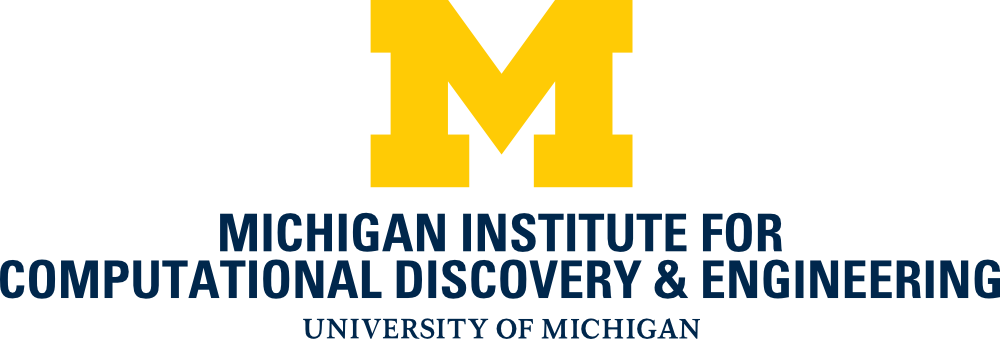Data-driven Paradigms and Uncertainty Quantification in Computational Mechanics
James Stewart, Sandia National Laboratories
Roger Ghanem, University of Southern California
Krishna Garikipati, University of Michigan
Karthik Duraisamy, University of Michgan
Alberto Figueroa, University of Michgan
The most compelling problems in computational mechanics are characterized by multiscale phenomena, and range from materials science and turbulent flow, through cardiovascular flow physics to climate science. These wide-ranging physical phenomena exhibit emergent behavior that can only be understood and predicted by detailed multiscale models. Existing multiscale models based on first principles equations, and physical approximations thereof, tend to be either prohibitively expensive or inaccurate. However, recent advances at the intersection of data and computational science have created new opportunities to address the challenge of delivering quantitative predictivity in multiscale computational physics. This has led to a new paradigm of datadriven model development. In this paradigm, experimental data, observational (field) data, and computational (simulated) data are gathered for calibrating and validating our multiscale computational models. Moreover, there exists unprecedented potential for new phenomenology, dependencies, and model forms to be discovered through the proper exploration of large-scale datasets. While machine learning and classical method from inverse problems have major roles to play in integrating data with computational models, significant challenges remain. Not only can our datasets be extremely large, they often reflect large and/or poorly characterized uncertainties, are noisy, depend on hidden observables, or are in a form that is unsuitable for analysis. Further, in many instances, data must be simultaneously interpreted through a collection of models that reflect multiscale, multiphysics, or multipart interactions.
This new paradigm brings to bear uncertainty quantification, Bayesian inference, stochastic simulation, deterministic and stochastic inverse problems, reduced order modelling, compressed sensing, data mining as well as advances in machine learning. Of particular interest are approaches by which the above and related techniques can enhance the predictivity of large-scale computational mechanics. Applications could span the spectrum of areas in science and engineering. Also of interest are foundational frameworks for multiscale and multiphysics problems, data science challenges, and scalability from extremely large datasets to extremely large numerical problems







